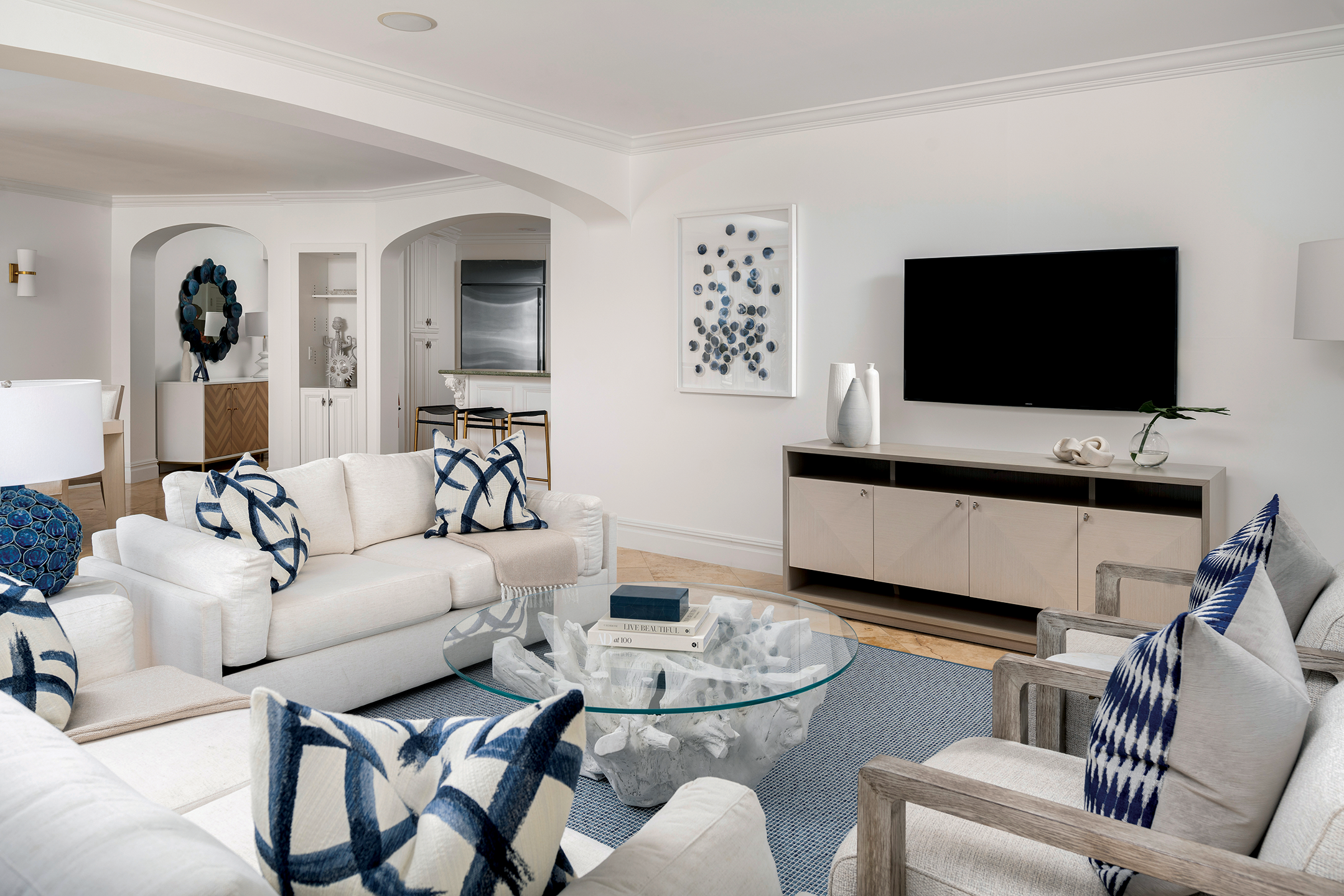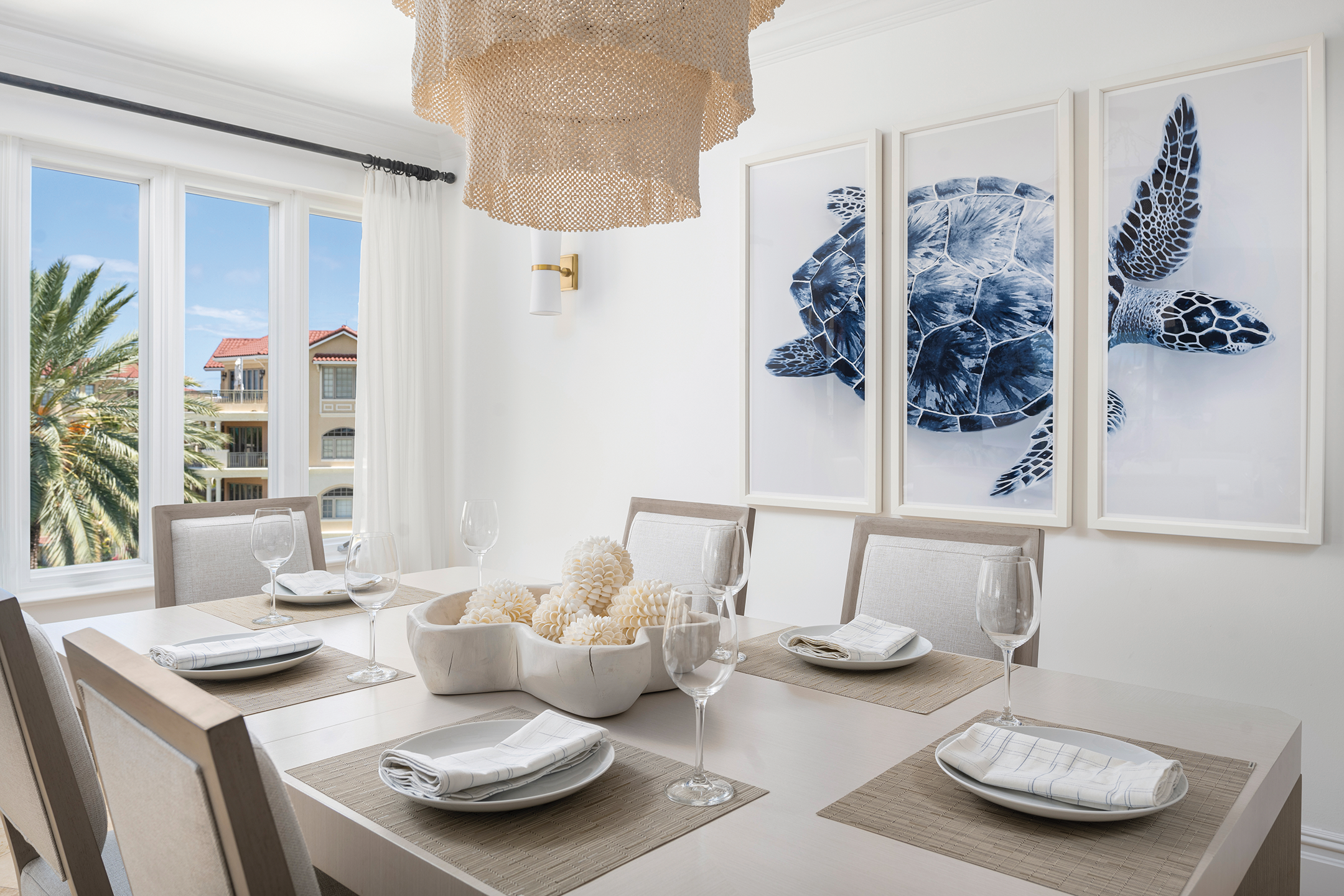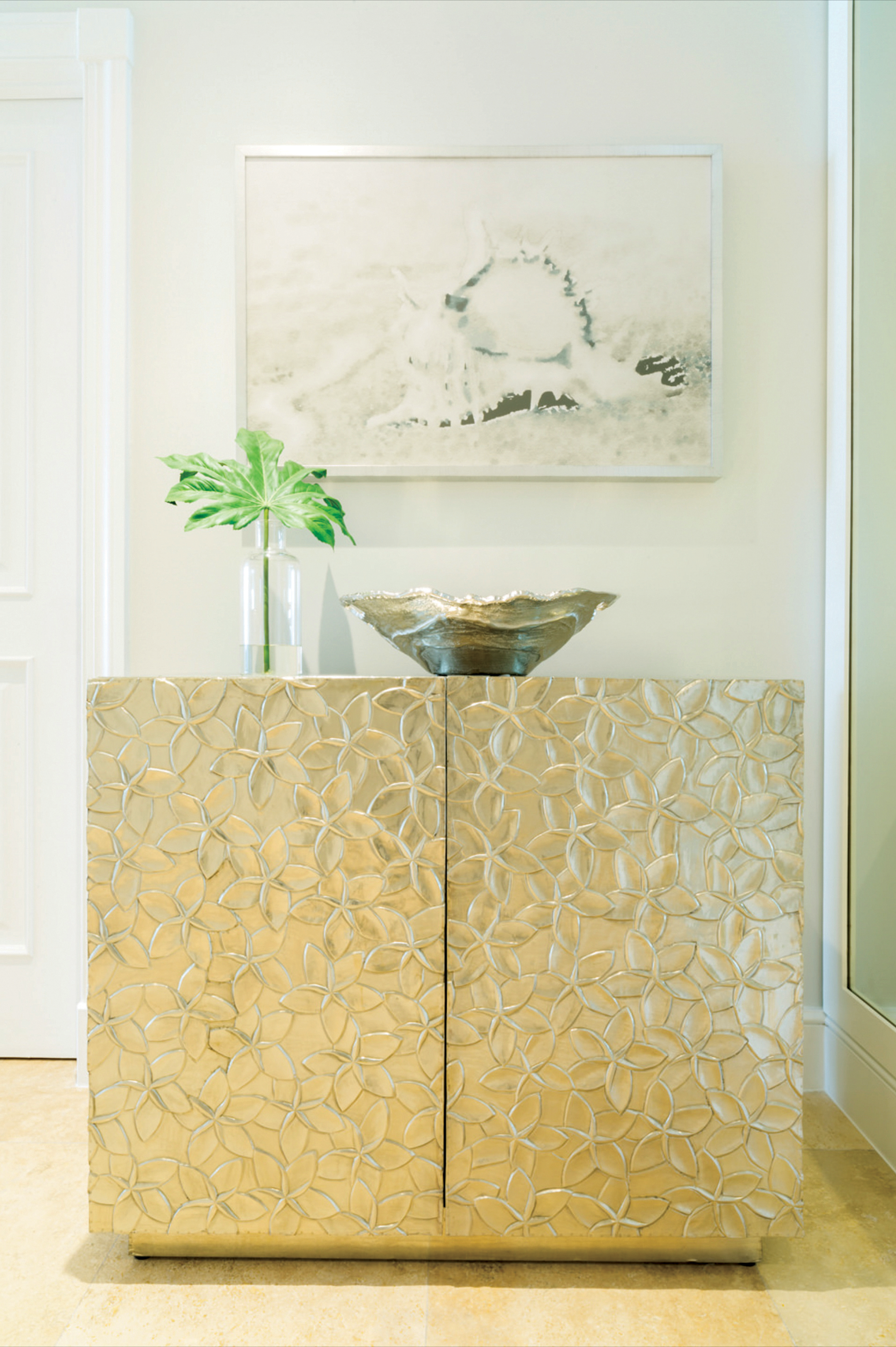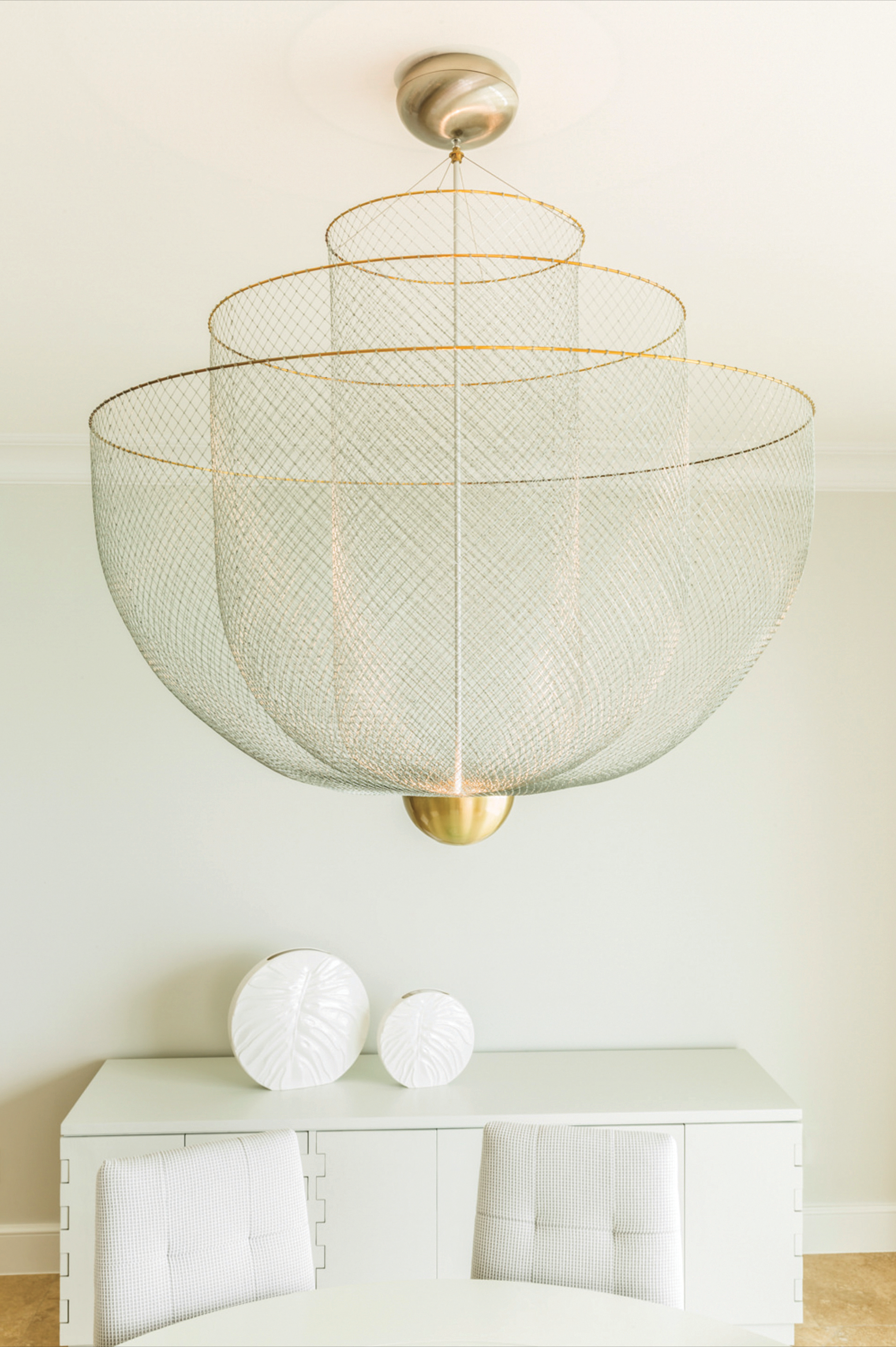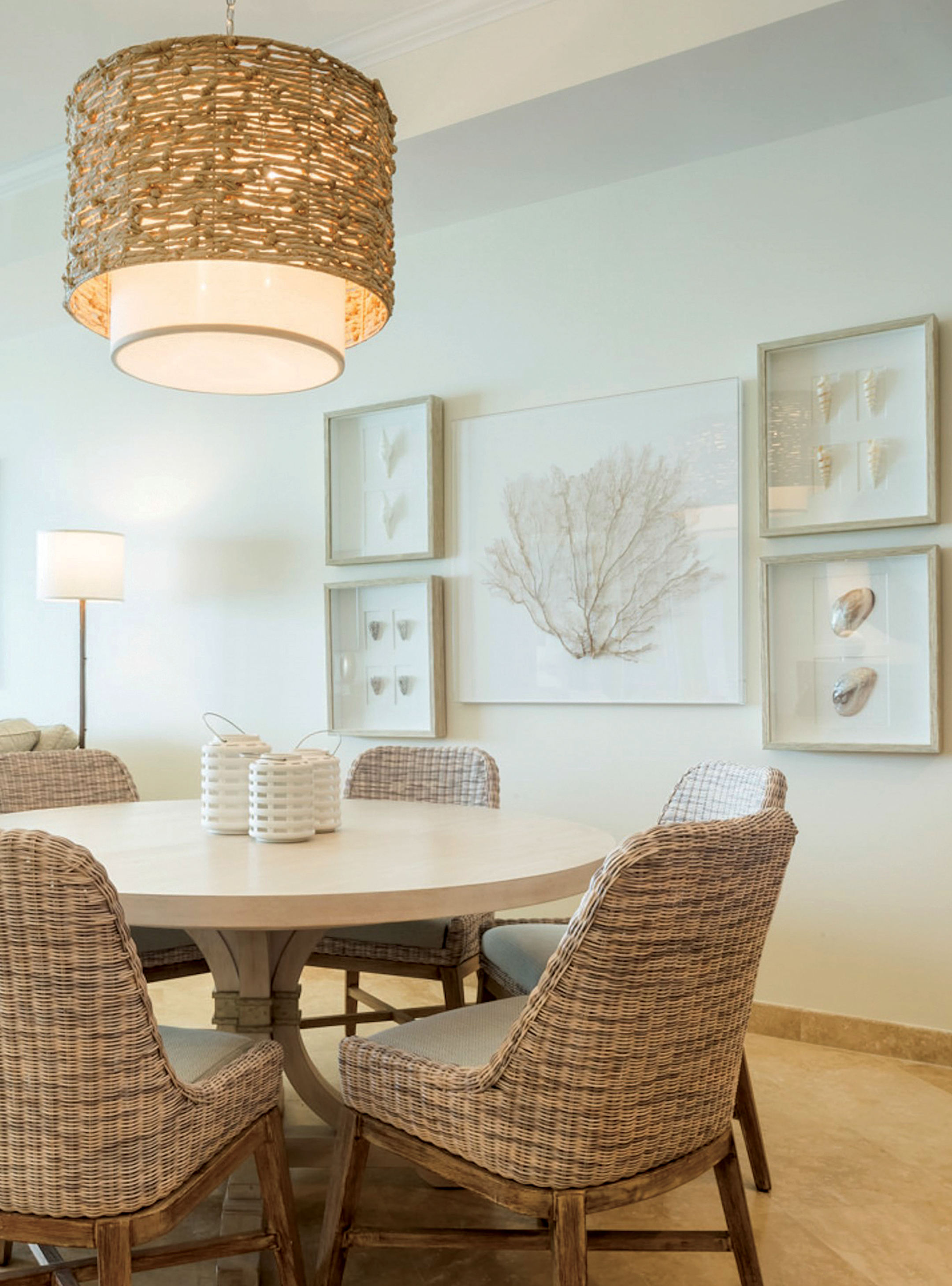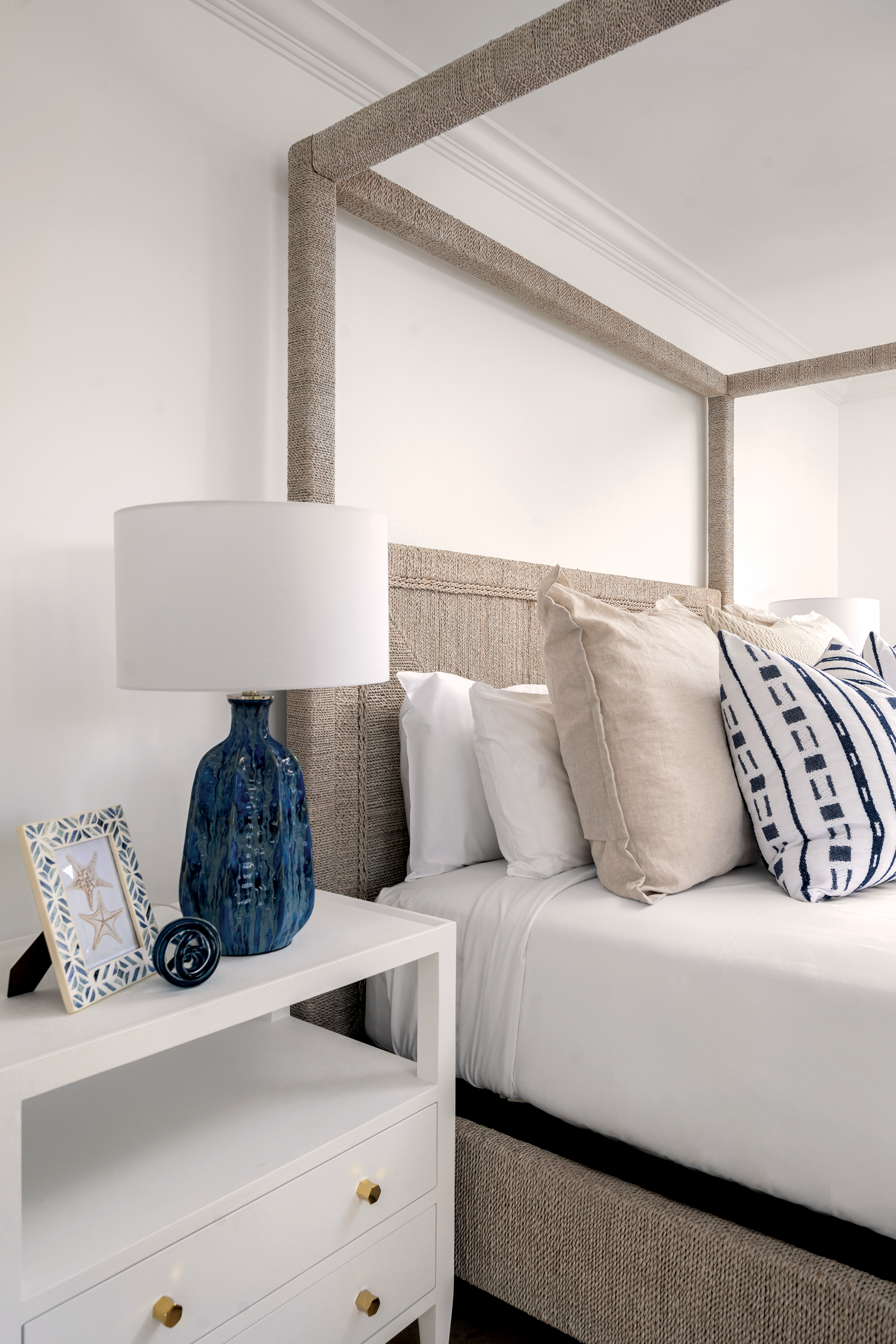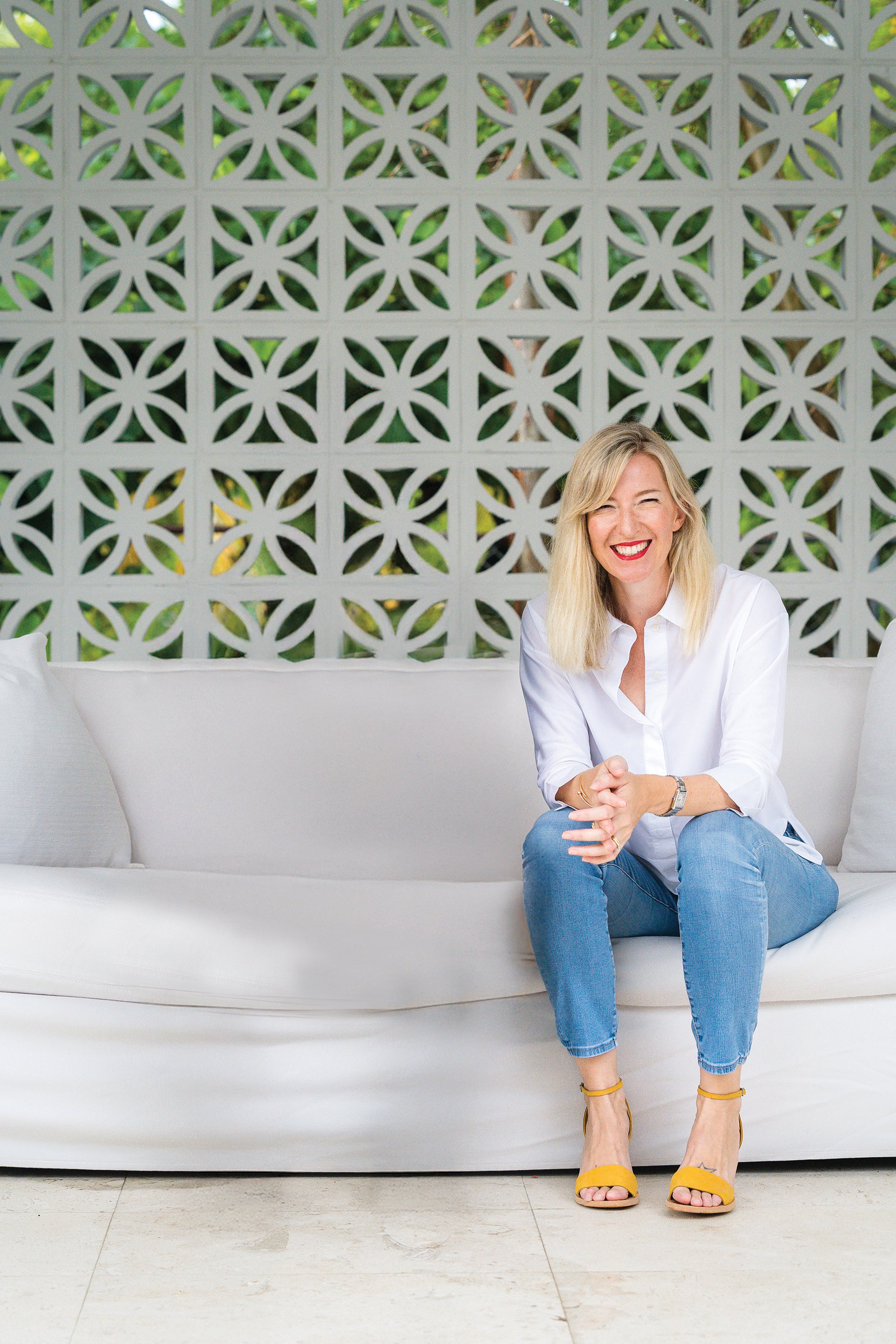
MICHELLE, PRINCIPAL DESIGNER, DESIGN STUDIO
CAYMAN ISLANDS
PROFILE | MICHELLE, PRINCIPAL DESIGNER, DESIGN STUDIO
CAYMAN ISLANDS
Words by Natasha Were.
Design Studio, a full-service interior architecture and interior design firm, has been creating inspired designs for elegant living in the Cayman Islands for over 15 years.
Michelle Butler, principal designer, talked to REAL LIFE about the difference professional design makes, design mistakes to avoid, where to shop for interior goods, and much more.
RL: Interior architecture and interior design are often thought to be one and the same. Can you explain the differences?
MB: Interior architecture deals with the more technical aspects of the interior structure – the layout, the lighting, the ceilings, and so on. Interior architects work with engineers and the MEP team to make spaces functional, as well as beautiful. Interior design comes later on in the process and is about the finishes. This includes everything from the selection of plumbing fixtures, wall finishes, and floor tiles to furniture and accessories.
RL: When is the expertise of an interior architect essential?
MB: With new homes, it’s advisable to talk with an interior architect in the pre-construction phase as they might advise moving walls or modifying ceiling heights to maximise the design. They have advanced building knowledge and will be onsite throughout the construction phase, coordinating with the architects, engineers, and contractors to streamline the process.
Interior architects are also essential for renovations as you are dealing with an existing structure and all its mechanical, electrical, and plumbing challenges, so their technical knowledge is invaluable.
RL: What are some potential pitfalls of not engaging an interior designer?
MB: Getting the scale and proportion wrong is a common mistake. If a sofa or dining table is too small for a space, it will not feel cosy and inviting, and conversely, if it is too big for the space, it will interrupt the flow. However, one also needs to pay attention to the scale of the overall dimensions. High ceilings are considered desirable, but in a small space like a powder room or bathroom, it is often better to lower the ceiling to create a sense of intimacy. It takes training and practice to understand scale.
RL: What is one of the most overlooked elements of interiors?
MB: Window treatments! These are some of the biggest impact items of an interior project, but it is challenging to get it right as you need to strike the right balance between achieving the practical needs of blocking or filtering light and creating something aesthetically pleasing. This often requires a combination of systems – but drapes and blinds are not inexpensive so getting it wrong can be costly. We are delighted to have added a window treatment specialist to our team this year who can guide clients through the multitude of options and find the right combination to achieve the look and effect they desire.
RL: What are the keys to achieving a finished, cohesive look and feel to a home?
MB: The concept of layering is key to a finished look. Layering enables you to create a complete experience as you move through a space. This includes layered lighting – such as task lights combined with softer ambient lights – and layering of finishes, such as mixing wallpaper, panelling, and tile, rather than using a single finish throughout. Then, there is the layering of furnishings, textures, and decor. This involves choosing an eclectic mix of pieces that work together but do not necessarily match. The overall aim of layering is to achieve a look that has depth and richness and feels like it has evolved over time rather than a kit purchased and installed in a day.
RL: Is professional interior design only for those building or renovating entire homes?
MB: Not at all. Of course, a custom house will always benefit from an interior architect who can see the best way to utilise a space, who can spot great design opportunities, and avoid mistakes that are costly to fix. Given how competitive the vacation rental market is, condo renovations definitely need the expertise of an interior designer to create a hotel-like finish, but we’re equally happy to work on a single room project or to assist with accessories and staging. We just want to work with good people to make their homes beautiful!
RL: Do you recommend shopping locally for furniture and finishes or looking online for wider selections?
MB: While it is tempting to think you will find more choices and better prices online, there are many advantages to shopping locally beyond supporting local businesses.
It can be hard to visualise pieces when ordering online, or to know if the size of each item will be in proportion. Buying online also means dealing with shipping, customs, transportation, and installation, and there is little recourse if a piece arrives damaged.
Our store at Camana Bay is a great local resource as it stocks everything you need to furnish a home, from outdoor and indoor furniture to smaller decorative items (with more options available in our online store). It is not an exaggeration to say we have scoured the globe for the best manufacturers and designers and have over 200 suppliers. We also have two furniture specialists available to help with selections and two professional installers to handle getting each piece into place in perfect condition.
As designers, a great advantage of having our own store is that in the final stages of the design process, when clients choose the smaller items like picture frames, lamps, and tableware – the items that make a house a home – we have the ability to fill a van and actually take a selection of accessories to the house or condo, so that clients can try out each piece in-situ before making their selection. None of these services are available when you shop online.
RL: What are some exciting innovations you are seeing in interior design?
MB: The ability to integrate technology into the home is much easier and more cost-effective these days, and this adds another layer of functionality to the home. Home automation used to be complex and expensive, requiring wired-in systems, but there are now some great WiFi-enabled and plug-and-play options that allow homeowners to easily control their lights, music, home security, and more without complex installation work.
FOR MORE INFO CONTACT:
Design Studio, Cayman Islands
Tel: 345.945.4977
Email: info@designstudio.ky
Click: www.designstudio.ky
Visit: 48 Market Street, Camana Bay
FOR MORE INFO CONTACT:
Design Studio, Cayman Islands
Tel: 345.945.4977
Email: info@designstudio.ky
Click: www.designstudio.ky
Visit: 48 Market Street, Camana Bay









